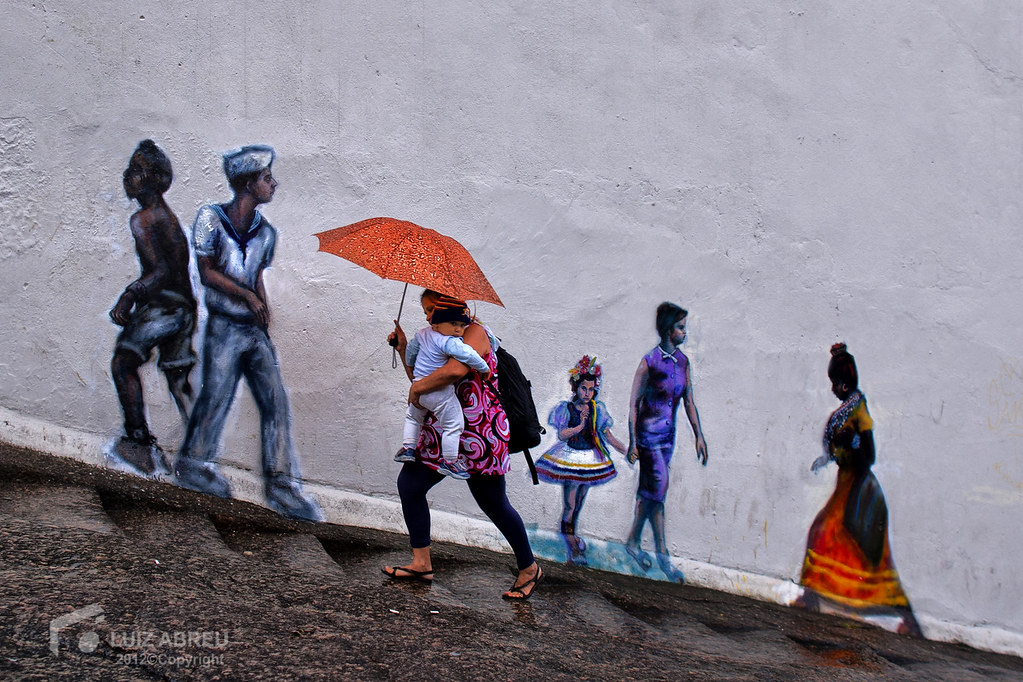RIO DE JANEIRO, BRAZIL – Birthplace of samba and today with attractions such as the Museum of Tomorrow, the neighborhood of Saúde, in the central region of Rio de Janeiro, near the port area, was classified as the 25th coolest in the world in an annual ranking released last Wednesday, October 6, by the British magazine Time Out.
The publication is recognized as a guide to the best activities in cities around the world. Every year it publishes a new version of the ranking of the 49 coolest neighborhoods on the planet, based on a survey of residents – this time, 27,000 people were interviewed.

The winner was Nørrebro, in the Danish capital Copenhagen. Andersonville was second place in Chicago (USA), and in third, Jongno 3-ga in Seoul (South Korea). Saúde was the only Brazilian neighborhood cited in the list.
“Visitors will discover charming old bars, beautiful Portuguese architecture and fascinating places, such as Pedra do Sal,” says the text published by the magazine, which highlights the Museum of Tomorrow and its neighbor, the Rio Art Museum (MAR), the street art murals along the Olympic Boulevard and the panoramic view from Morro da Conceição.
The text also brings suggestions for those who want to plan their trip and for those looking to spend a perfect day in the neighborhood, including a visit to the Casa Omolokum restaurant, with typical dishes of Bahian cuisine.
“Close the evening with live music, dancing, and Brazilian barbecue at (restaurant) Bafo da Prainha,” recommends the magazine in a text by Englishman Tom Le Mesurier. He has lived in Rio since 2010 and is a specialist in cuisine and tourism.
Saúde is a neighborhood that has been populated since the late 17th century and got its name in 1742 when the Portuguese merchant Manuel Negreiros built the chapel of Nossa Senhora da Saúde there to fulfill a promise after his wife was cured of an illness.
Also in Saúde is the Valongo Pier, inaugurated in 1811 to become the landing place for slaves in Rio – before the boats arrived in Praça XV.
Over approximately 40 years, this pier received about 1 million Africans, making it the largest Port receiving enslaved people globally and the arrival point for 25% of the 4 million Africans forcibly brought to Brazil.
In 1843 the Valongo wharf was re-urbanized to receive Princess Teresa Cristina, who was to marry Emperor Pedro II. The pier then changed its name to Cais da Princesa.
On March 1, 2017, it officially became part of the United Nations Educational, Scientific, and Cultural Organization (UNESCO). It is the only material trace of the arrival of enslaved Africans in the Americas.
SAMBA
Since its beginnings, Saúde has been home to Bahians. There was an intense migration after the revolt of the Malês (black Muslims) in 1835 and the worsening of living conditions in Salvador in the following decades, which also contributed to many Bahians moving to Rio. Gathered in Saúde, they were decisive in the genesis of samba in the city.
The first sambistas, like Donga and João da Baiana, and the choro masters, like Pixinguinha, gathered in Pedra do Sal, which became a symbol of this musical culture. Pedra do Sal was declared a World Heritage Site in 1984 by the State Institute of Cultural Heritage of Rio de Janeiro.
The region of Saúde was revitalized with the creation of the Porto Maravilha project on the eve of the 2016 Olympics. During this period, the Rio Art Museum and the Museum of Tomorrow were created. The area also received works by internationally renowned artists, such as Eduardo Kobra. The mural Etnias, made by him in the Port, was recognized in 2016 as the most prominent graffiti globally – a record later surpassed by another work by Kobra in Itapevi (SP).
At 15 meters high and 170 meters long, Etnias portrays five indigenous faces from five different continents: the Huli, from New Guinea (Oceania), the Mursi, from Ethiopia (Africa), the Kayin from Thailand (Asia), the Supi, from Europe, and the Tapajós, from the Americas.

